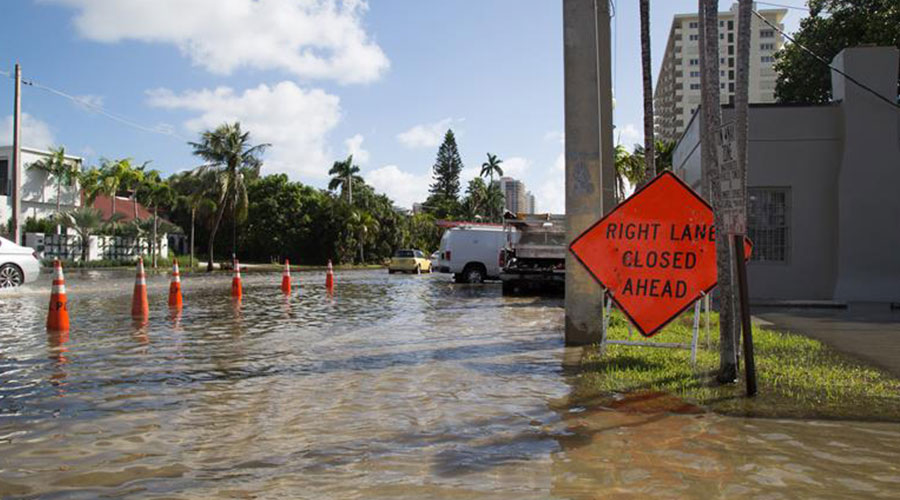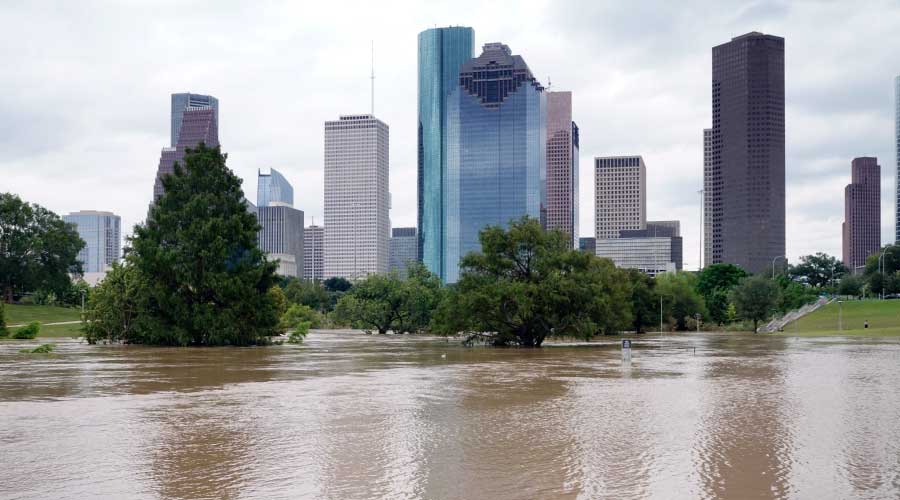Maintenance and Engineering Departments' Role in Emergency Preparation
Maintenance and engineering departments can play a role in each of the five mission areas. So as part of the annual review of an organization's EOP, managers should perform a mission task analysis to identify the key functions in each of these areas. This review identifies actions the department must perform that also might affect training requirements, equipment procurement, spare parts acquisition, utility system improvements, and drill or exercise scenarios.
For example, actions taken by maintenance and engineering personnel in the prevention mission area to assist prevention planning of human-caused incidents might include a vulnerability analysis of the facility. In the area of security, a vulnerability-assessment team might identify these potential problems:
- no security man trap or access card control system at central reception, allowing visitors direct access to the workplace
- no vehicle barriers at a building's main entry, allowing potential vehicle penetration
- unlit exterior emergency evacuation exit areas
- unauthorized staff personnel or vendors with master keys to critical telecommunications, data, HVAC equipment or electrical rooms
- no mailroom procedures for checking and securing suspicious mail or packages.
In mechanical systems, the team might discover that outside air intakes are located in vulnerable areas — near dock areas, at or near grade level, near Dumpsters or waste management devices, near food service exhaust, on the roof near process or restroom exhausts.
Once threats are identified, planners can estimate costs to mitigate them as part of the organization's mitigation efforts following cost-benefit analysis.
For the protection mission area, managers should establish procedures for: fighting fires; containing material spills; closing or barricading doors and windows; shutting down, covering, or securing equipment and utilities; moving equipment to a safe location; and identifying sources of backup utilities, equipment, parts and supplies.
Besides protecting facilities, protecting vital facility records is essential for the quick restoration of operations. This process includes engineering drawings, operations and maintenance plans, equipment specifications, and computerized work and asset management data. Storing electronic documents in an off-site server might aid in record protection. In the response phase of emergency management, it is critical for maintenance and engineering departments to understand the hierarchy of response — life safety, property, environment, and organization and mission — and refer to this hierarchy when making quick contingency decisions directly following
an emergency.
Managers should designate and train personnel to authorize, supervise and perform a component, building, and even campus shutdown when directed by competent authority. An improper or disorganized shutdown can result in confusion, injury and property damage.
Some facilities require only basic shutdown actions, such as turning off equipment, locking doors and activating alarms. Others require complex procedures. Written procedures should identify conditions requiring a shutdown, authorities can order a shutdown, personnel will carry out procedures, the way a partial shutdown would affect other facility operations, and the length of time required for shutdown and restarting. Managers need to develop emergency communications plans, including alternative communication methods and backup systems.
Related Topics:














